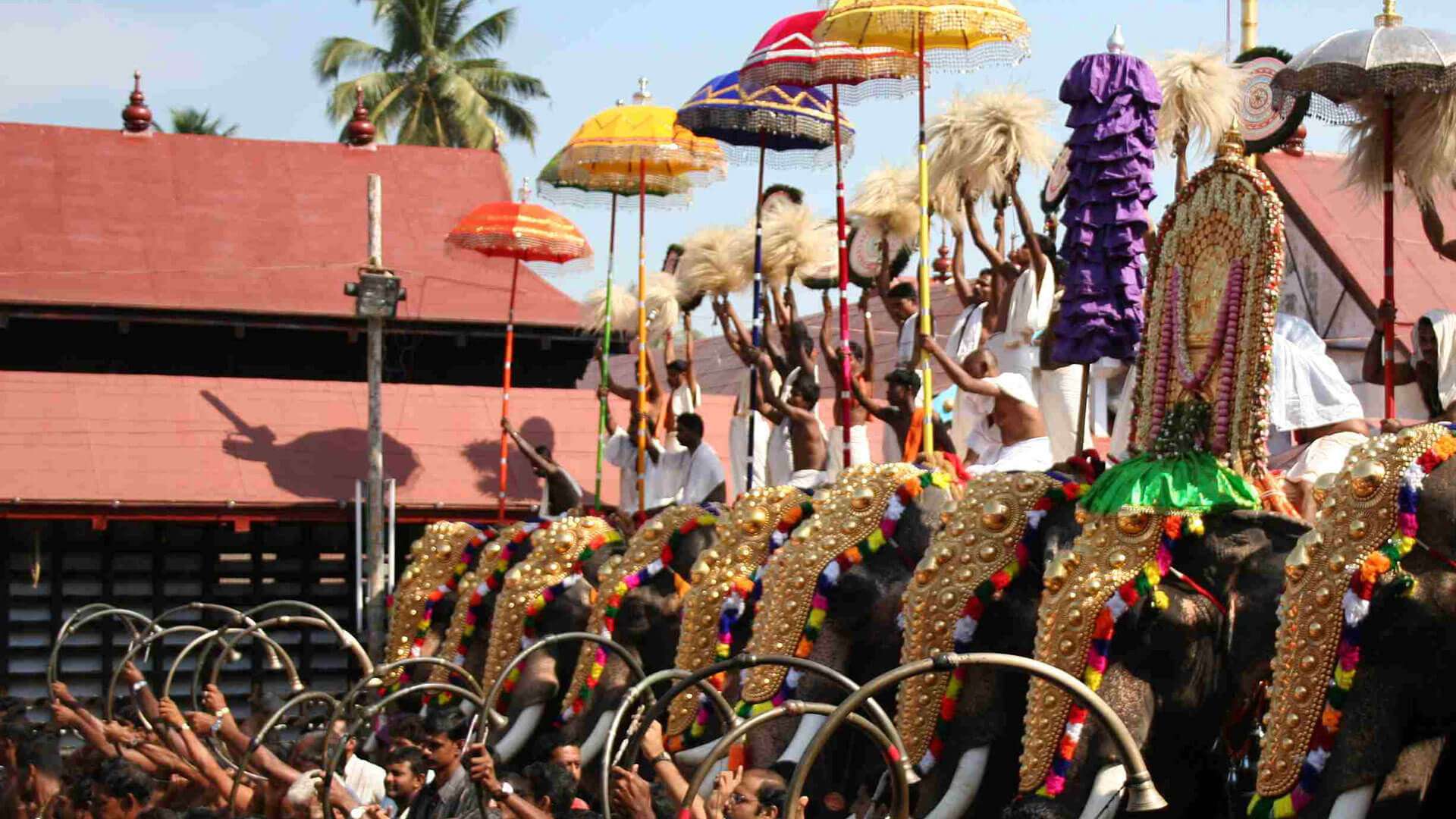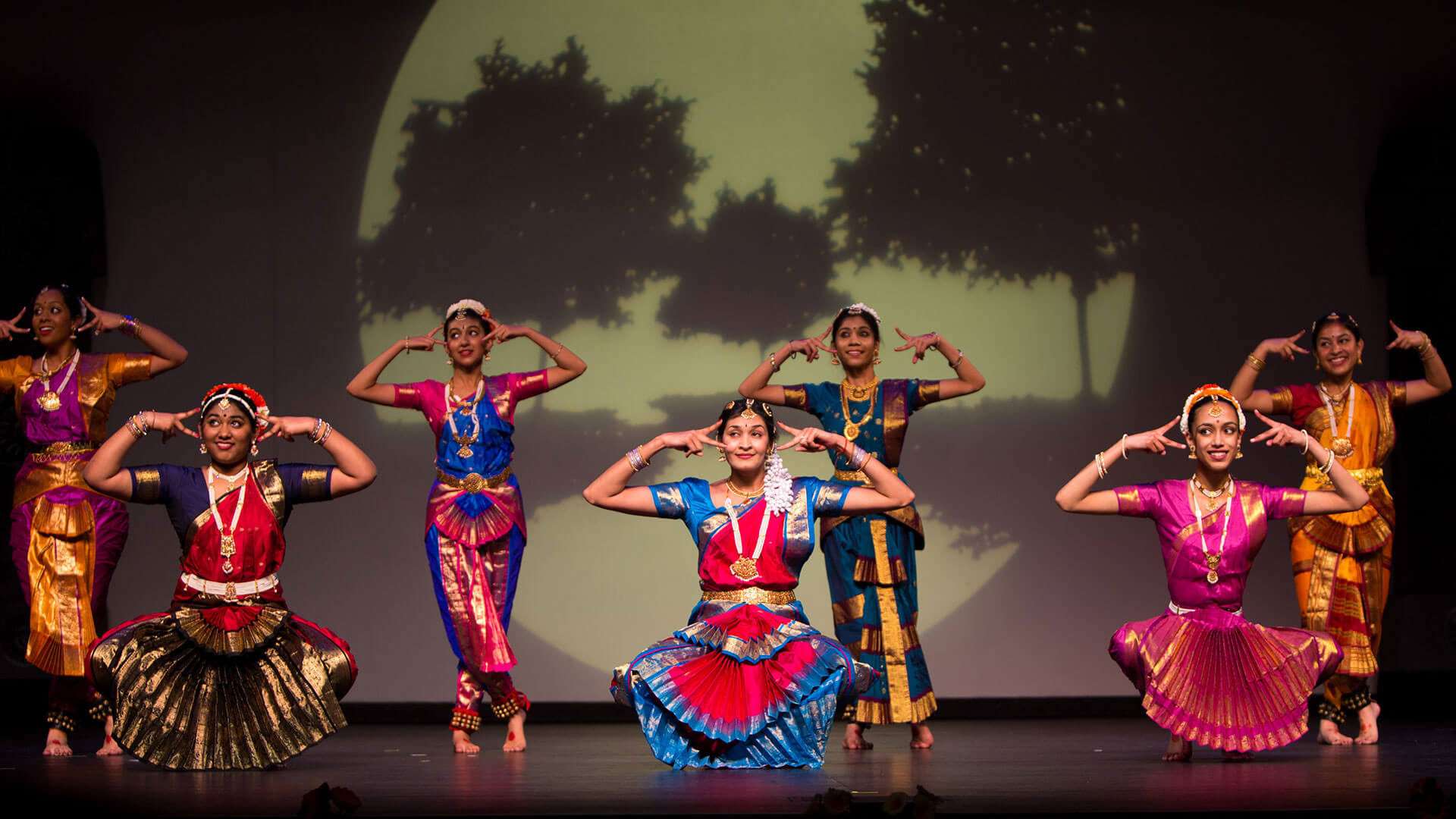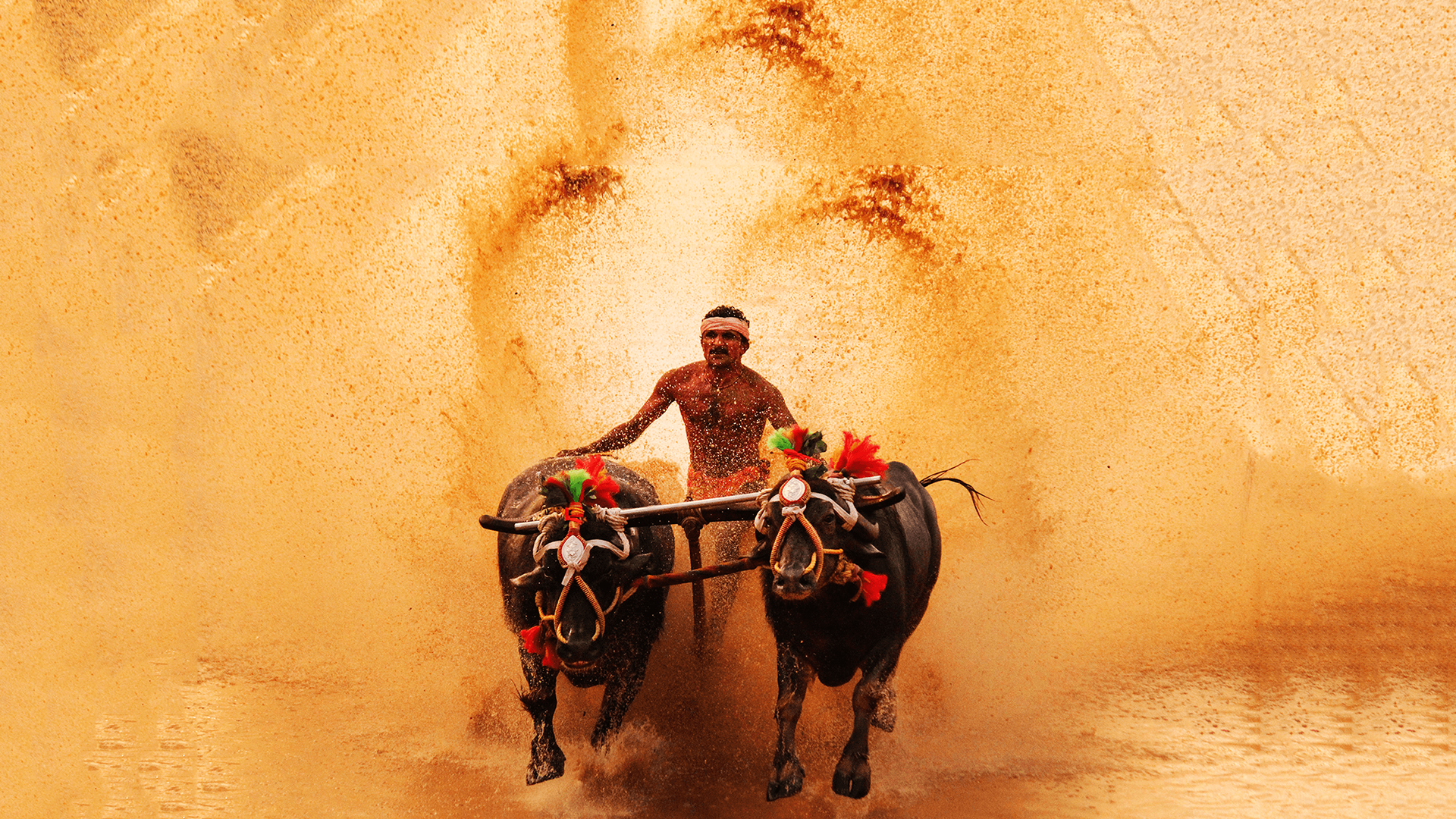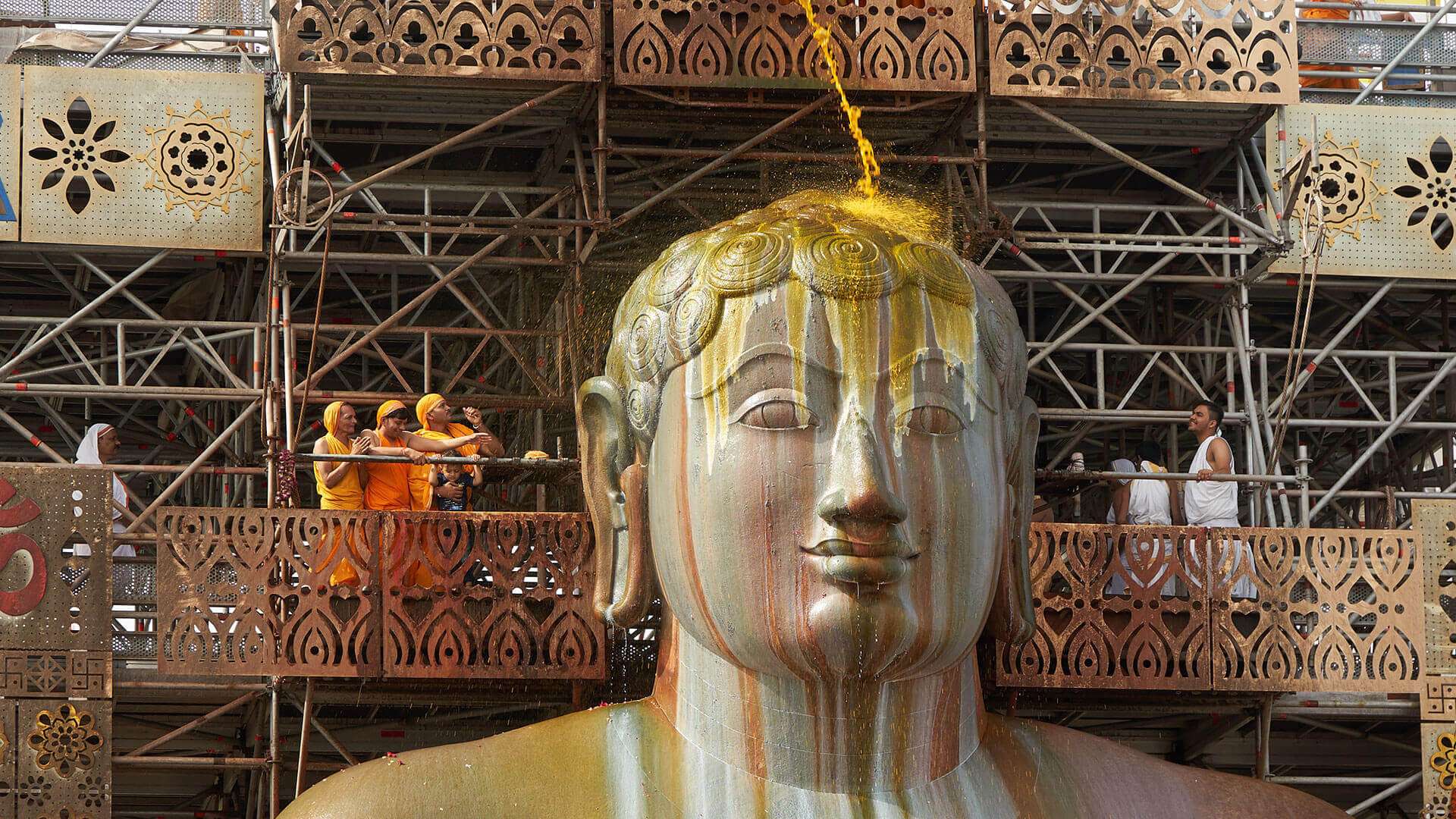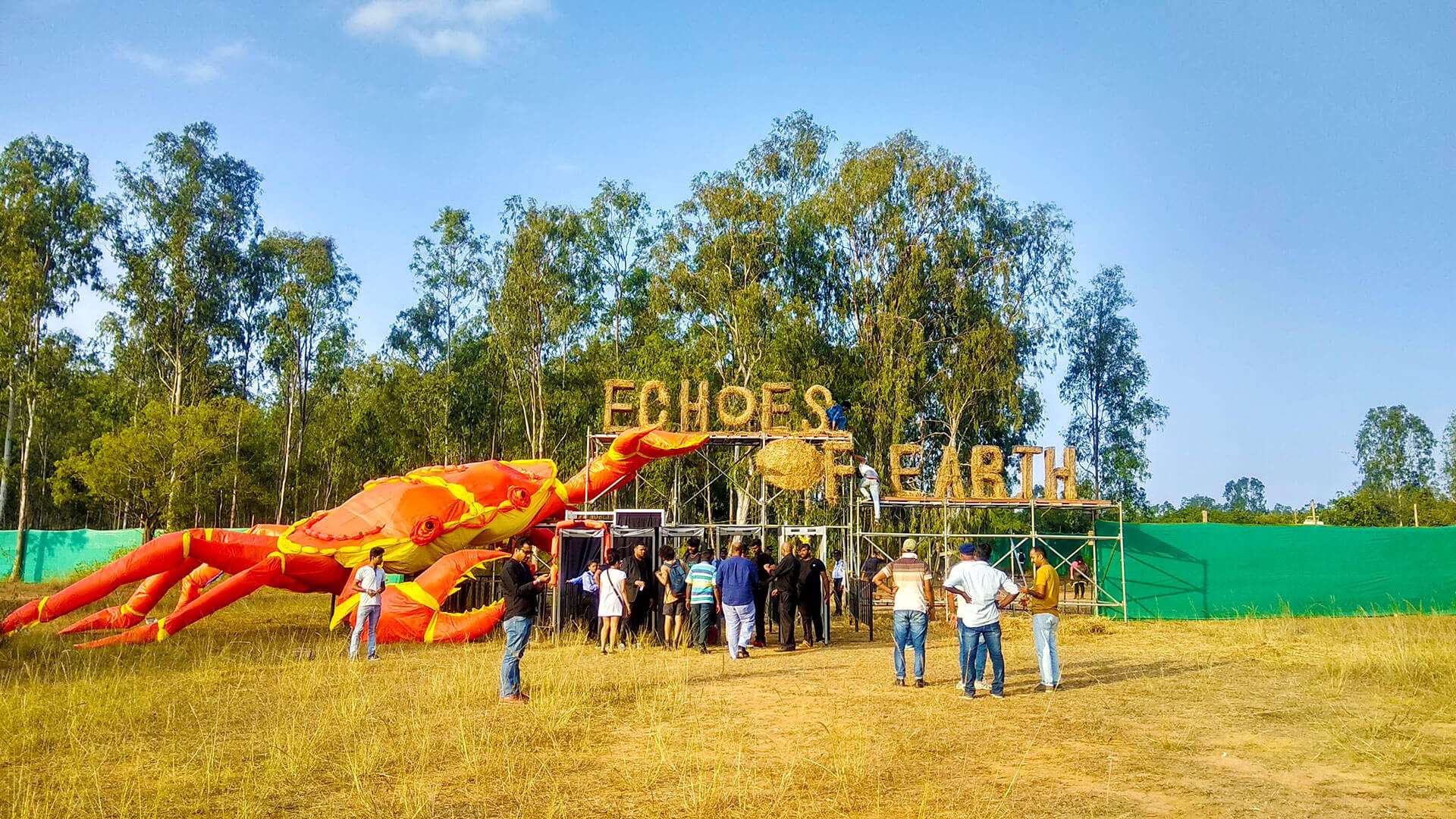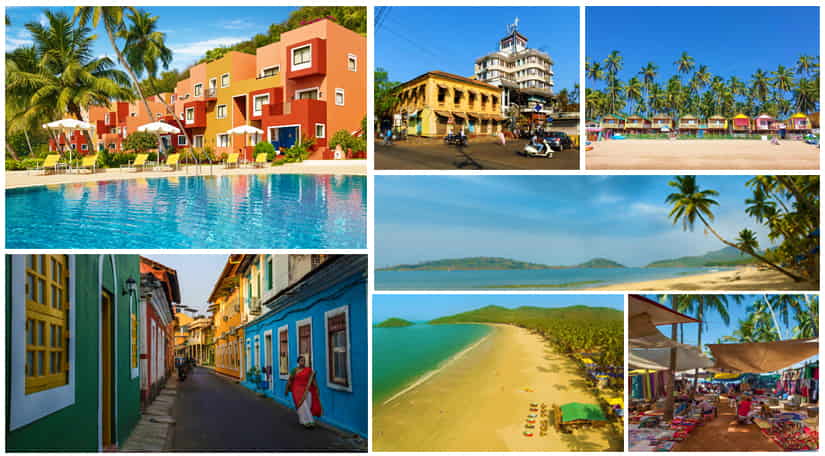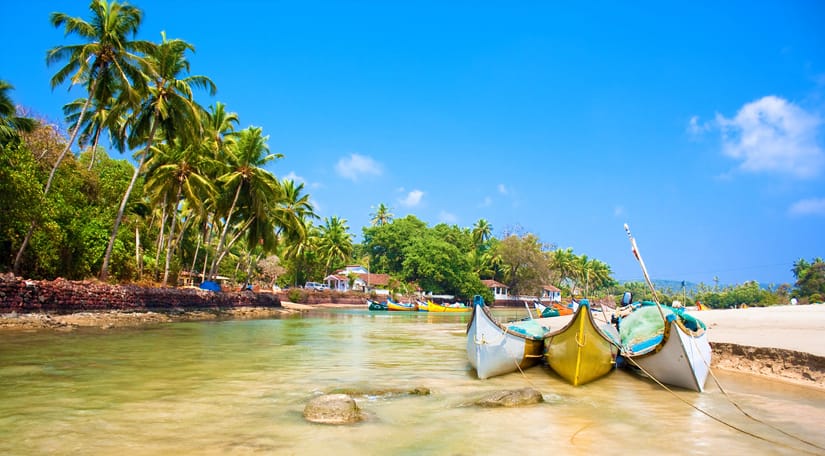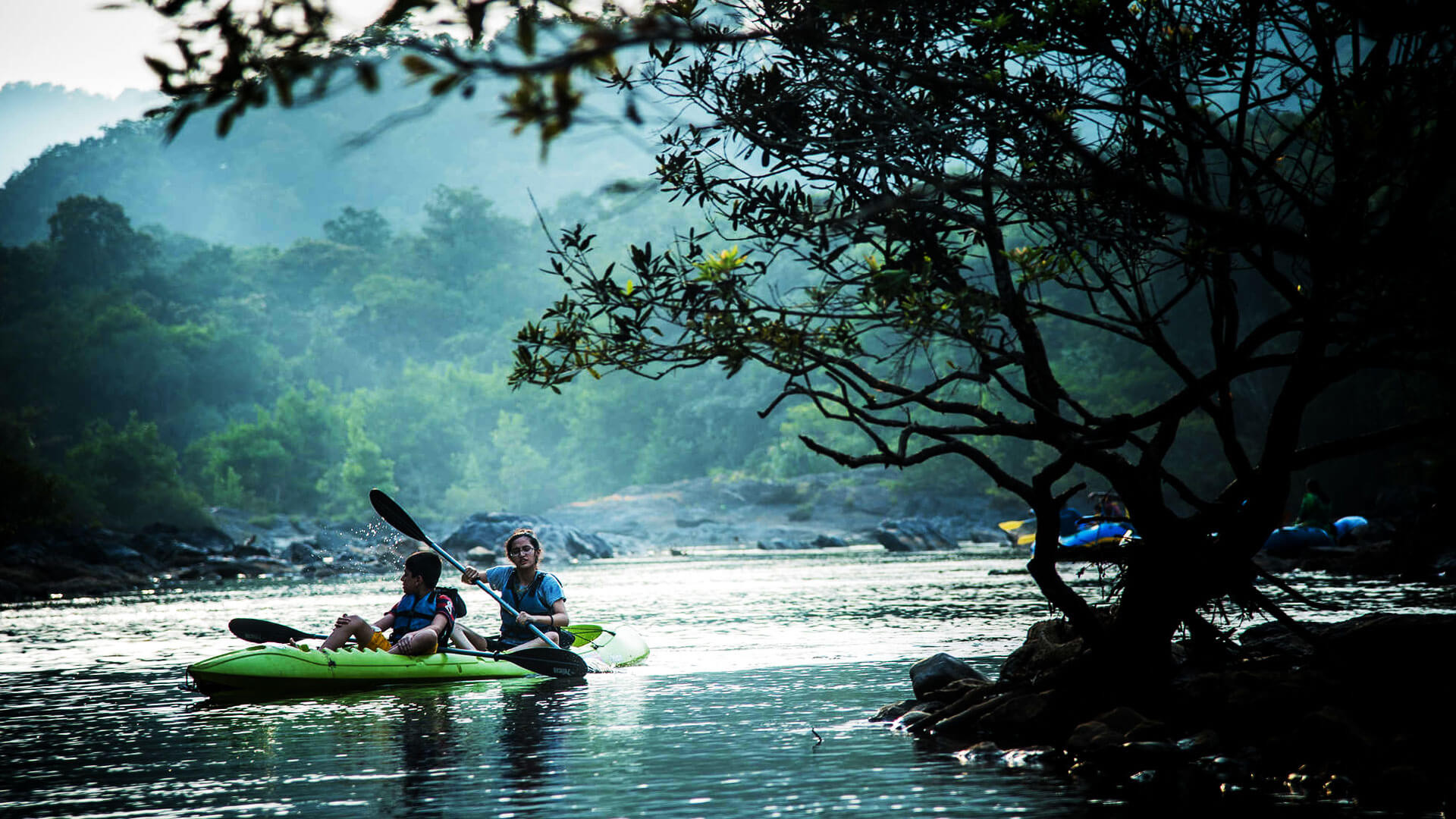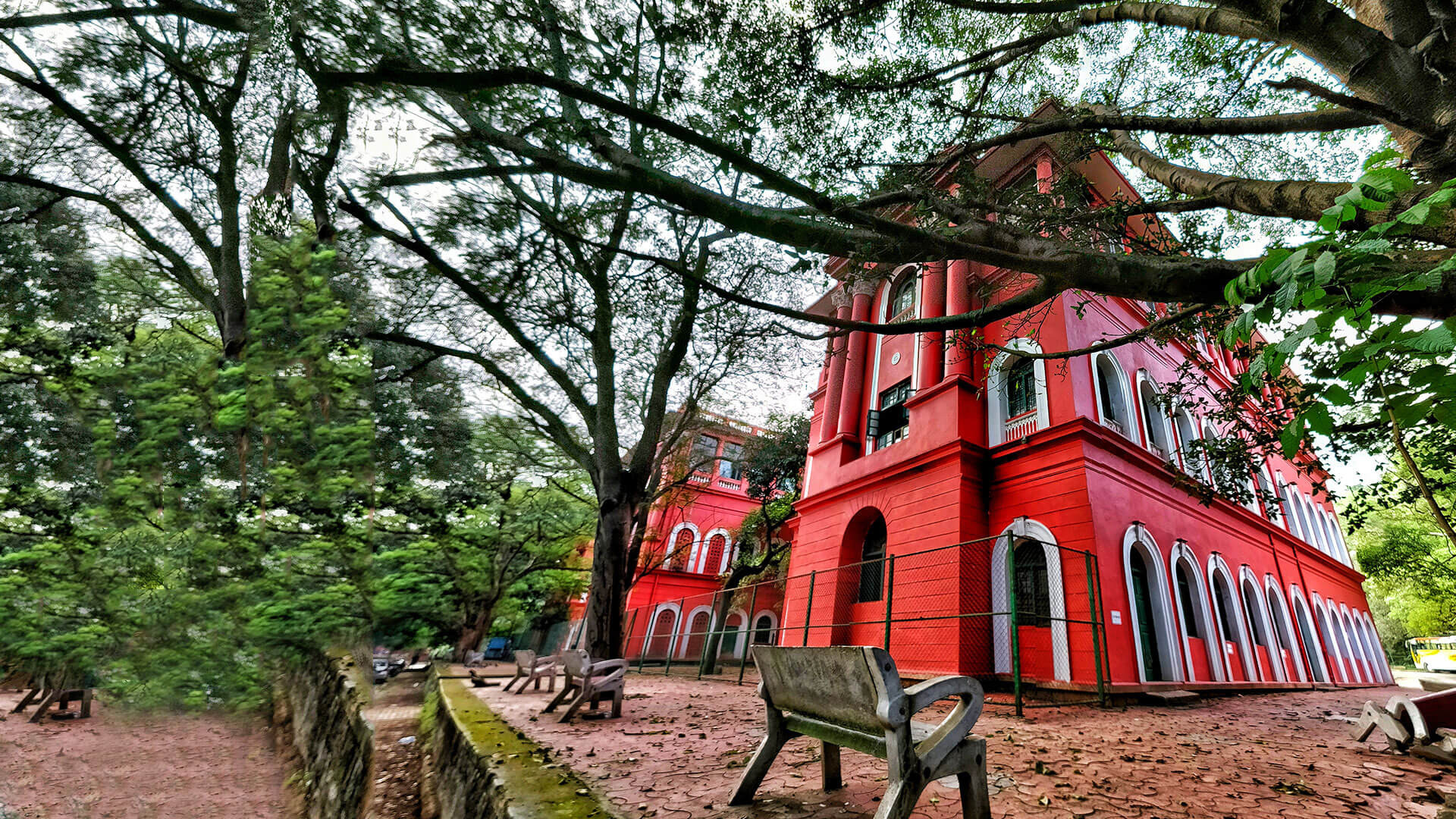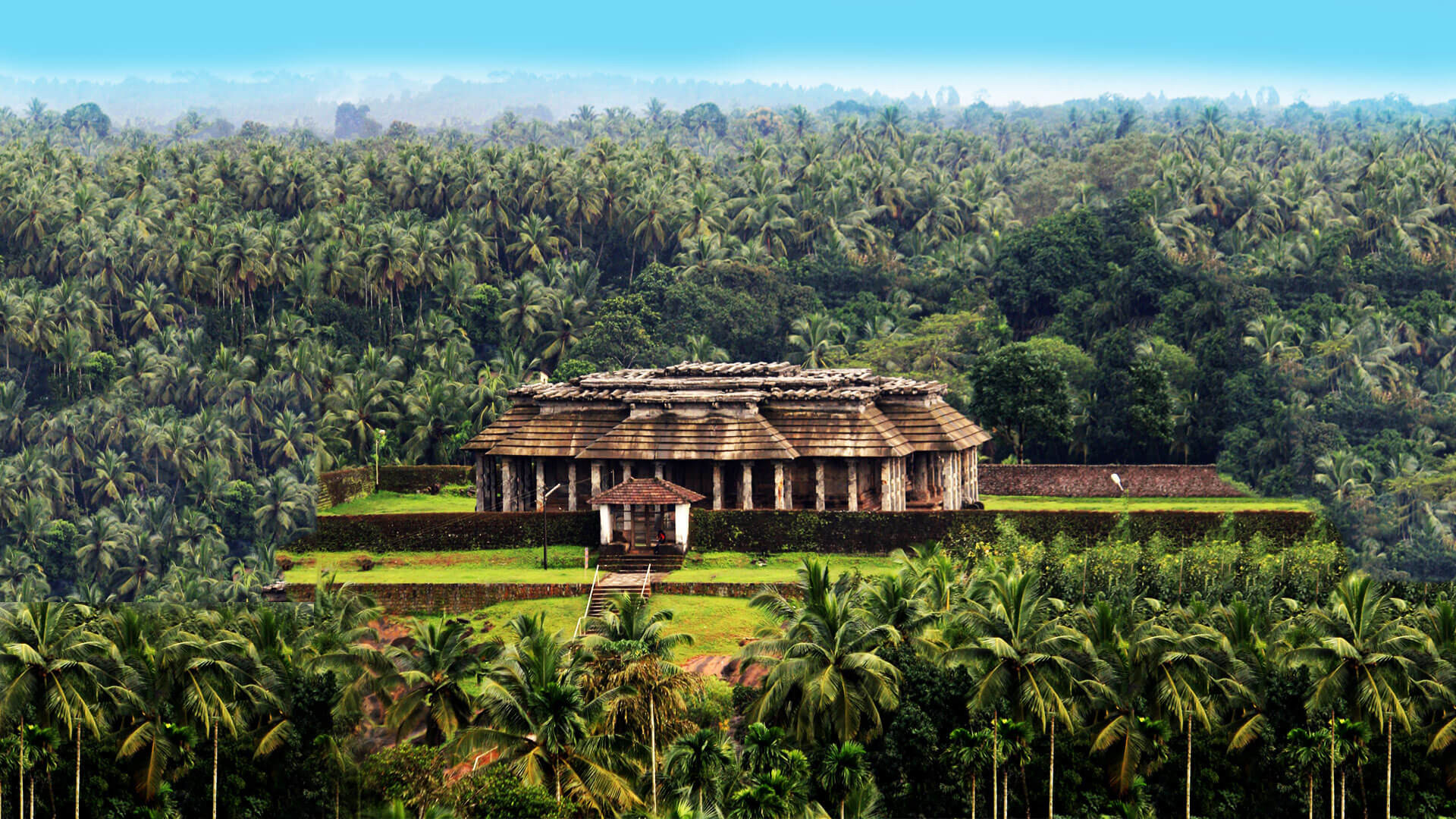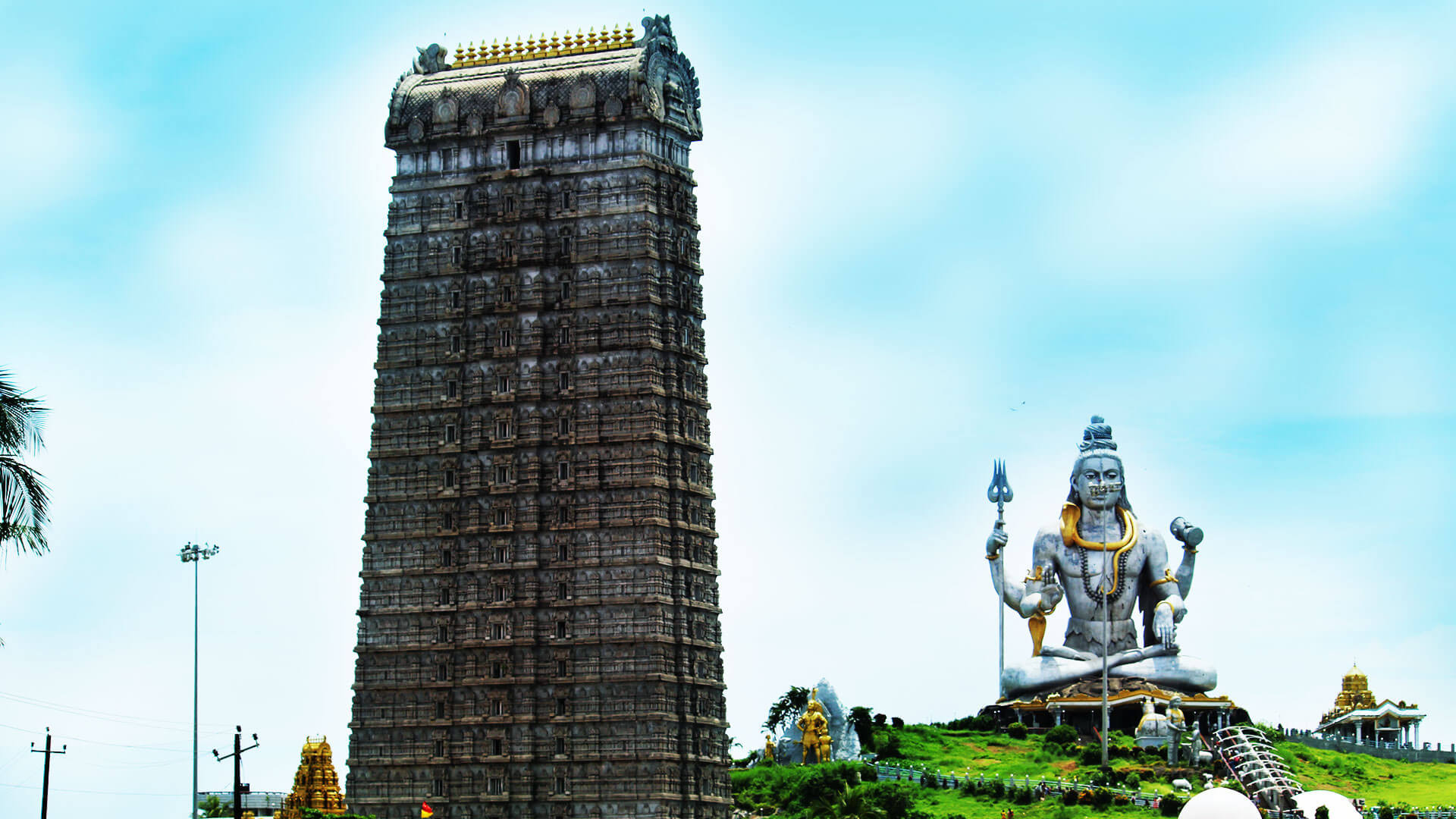Coorg, also known as Kodagu, is a breathtaking hill station located in the Western Ghats of Karnataka, India. Renowned for its misty mountains, lush greenery, and aromatic coffee plantations, Coorg is often called the "Scotland of India" due to its cool climate, rolling hills, and picturesque landscape. This serene destination is one of Karnataka’s most visited tourist spots and an ideal getaway for nature lovers, honeymooners, and adventure seekers alike.
What makes Coorg tourism so special is not just its natural beauty, but also the wide range of experiences it offers. From exploring vast coffee estates and pepper plantations to witnessing the traditional culture of the Kodava community, Coorg presents a perfect blend of heritage, hospitality, and outdoor adventure. Visitors can indulge in thrilling activities like trekking to Tadiandamol Peak, river rafting in Barapole River, or nature walks through dense forests and spice trails.
Coorg also boasts of historical sites and sacred temples like Omkareshwara Temple, the majestic Madikeri Fort, and scenic viewpoints like Raja’s Seat, which offer stunning sunrise and sunset views. The region’s cuisine, influenced by Kodava traditions, is a highlight for food lovers—don’t miss trying local dishes like Pandi Curry (pork curry), Kadambuttu (rice balls), and traditional filter coffee.
In addition to its culinary and cultural richness, Coorg is also a haven for wildlife enthusiasts. Places like Nagarhole National Park and Dubare Elephant Camp allow visitors to spot elephants, deer, and a variety of birds in their natural habitat. With so many attractions and experiences, Coorg stands out as one of the best hill stations in South India.
Whether you're looking for a peaceful retreat in nature, a romantic honeymoon escape, or an active vacation filled with outdoor activities, Coorg offers something for every type of traveler. Its warm hospitality, pleasant weather, and mesmerizing beauty make it a destination worth visiting at least once in a lifetime.
So, pack your bags and get ready to explore the magic of Coorg, where every turn leads to a new experience and every moment is wrapped in natural charm. Why stop here? Keep scrolling to discover the top places to visit in Coorg, things to do, best time to visit, and travel tips to plan your perfect trip.
Geography & Climate
1. Summer (March to May):
The summer months in Payyanur are generally warm but manageable, with temperatures ranging between 20°C and 35°C. Early mornings and evenings are pleasant, making it a good time for sightseeing and visiting nearby attractions.
2. Monsoon (June to September):
Payyanur experiences heavy rainfall during the monsoon season, transforming the landscape into a lush, green paradise. While the region looks stunning, frequent showers can disrupt travel plans, so it is better suited for those who love nature and do not mind staying indoors during heavy rains.
3. Winter (October to February):
Winter is the best time to visit Payyanur, with cool, misty weather and temperatures ranging from 10°C to 25°C. The climate is perfect for outdoor activities like trekking, temple visits, and exploring the natural beauty of the region.
History Of Coorg Karnataka
The ancient name of Coorg was Kodagu, and it was ruled by the Gangas of Talakad and the Hunsur taluk in Mysore. These were Coorg's earliest inhabitants and agriculturists who lived here for centuries. Hailing from a warrior community, they carried arms during times of war and had their chieftains. In the 14th century, as per the Coorg history, the Vijayanagar Empire took over the region and established its dynasty.
Then came the Haleri dynasty, an offshoot of the Keladi Nayakas, who ruled in the 16th century. The Linga Rajas came here in the 17th century, and later, in the 1780s, Hyder Au took over Coorg. In 1782, Tipu Sultan made his way to Coorg until 1788, when he was driven out by Vira Raja. Later, the British took over the entire region after signing an agreement with Vira Raja.
They took charge of the region in 1834 and instated their rule until India's independence in 1947. In 1956, Coorg merged with the Mysore State, which is now known as Karnataka.
Major Attractions In And Around Coorg India
Coorg is famous for its scenic routes! It is all about discovering the leisure of travelling, the happiness of devouring scrumptious cuisines, enjoying the wildness of camping, spotting new species of birds and witnessing the Tibetan Monasteries. Here are the ten best places to visit in Coorg that will make your trip memorable. Check out!
| Attraction | Description | Distance from Madikeri (Coorg HQ) | Highlights/Activities | Best Time to Visit |
| Abbey Falls | A stunning waterfall nestled amidst coffee plantations and spice estates. | 8 km | Nature photography, short trekking, scenic views | July to October (monsoon) |
| Raja’s Seat | A popular viewpoint offering panoramic views of the valley and sunsets. | In Madikeri | Sunset viewing, garden strolls, toy train (for kids) | October to March |
| Dubare Elephant Camp | A forest camp where visitors can interact with and learn about elephants. | 30 km | Elephant bathing, feeding, nature walk | October to March |
| Talacauvery | The origin point of River Cauvery, located in the Brahmagiri hills. | 48 km | Pilgrimage, hilltop views, temple visit | October to April |
| Bhagamandala | A sacred confluence of rivers and important Hindu pilgrimage site. | 39 km | Temple visit, rituals, nearby to Talacauvery | October to March |
| Nagarhole National Park | A wildlife sanctuary known for tigers, elephants, and birdwatching. | 90 km | Jungle safari, wildlife spotting, photography | October to May |
| Tadiandamol Peak | The highest peak in Coorg, ideal for trekking and nature exploration. | 35 km | Moderate to tough trekking, scenic hill views | October to February |
| Madikeri Fort | A historic fort with a museum, temples, and colonial structures. | In Madikeri | Historical exploration, photography | Throughout the year |
| Omkareshwara Temple | A 19th-century Shiva temple blending Gothic and Islamic architecture. | In Madikeri | Spiritual visit, local heritage | Throughout the year |
| Coffee Plantations | Spread across Coorg, these estates offer guided tours and tastings. | Around the region | Coffee tours, estate stays, nature walk | October to March |
| Chelavara Falls | A scenic offbeat waterfall, perfect for peaceful visits during monsoon. | 45 km | Waterfall view, short trek | July to November |
| Iruppu Falls | A sacred and picturesque waterfall near the Brahmagiri range. | 80 km | Temple visit, monsoon beauty, forest trail | July to December |
Best Time to Visit Coorg
1. For Pleasant Weather (October to March):
This is the ideal time to explore Coorg if you prefer cool, comfortable temperatures. The weather during these months is perfect for sightseeing, enjoying outdoor activities, and experiencing the beauty of Coorg’s coffee plantations and hillscapes.
2. For Greenery and Waterfalls (July to September):
The monsoon season brings heavy rainfall, turning Coorg into a lush green paradise. Waterfalls are at their most magnificent, and the landscape looks vibrant and fresh. However, travel plans should account for occasional heavy showers.
3. For Adventure and Trekking (November to May):???????
If you're planning treks to places like Tadiandamol Peak or Mandalpatti, the period between November and May is the best. The trails are dry, the weather is favorable, and the natural beauty along the trekking routes is stunning.
How To Reach Coorg
Coorg is a popular hill town in Karnataka. It is well connected to the cities and towns of the state through various modes of transportation mentioned below. You can reach Coorg via the following routes.
- Nearest Major City. Mysore
- Nearest Airport. Mangalore International Airport
- Nearest Railhead. Sakleshpur Railway Station
- Distance from Mysore. 118 km
By Air
The nearest airport from Coorg is the Mangalore International Airport (IXE) which is situated at an approximate distance of 160 km from the town. This airport serves the city of Mangalore and it is one of the two international airports in Karnataka. It is located on the north-eastern side of the city centre. Various airlines operate to and from this place with good connectivity.
- Distance from Mangalore International Airport. 160 km
Here is a list of Indian cities from where flights are available to Coorg
- Bangalore to Mangalore Flight
- Mumbai to Mangalore Flight
- Chennai to Mangalore Flight
- Hyderabad to Mangalore Flight
- Delhi to Mangalore Flight
- Goa to Mangalore Flight
By Train
The nearest train station from Coorg is the Sakleshpur railway station. After you deboard at the station, you must travel 96 km to Coorg. You can hire a cab or take a bus to reach your Destination. You can choose luxury, sleeper, or regular buses that ply between neighbouring cities.
- Distance from Sakleshpur Railway Station. 95.8 km
By Road
Depending on your location, you can also consider travelling by road to Coorg or by interstate bus.
Click Here To Book Cheap Bus Tickets
- Distance from Mysore. 118 km
- Distance from Mangalore. 139 km
- Distance from Bangalore. 225 km
- Distance from Ooty. 246 km
- Distance from Coimbatore. 315.5 km
- Distance from Goa. 478.3 km
- Distance from Delhi. 2,418 km
- Distance from Mumbai. 1,024 km
- Distance from Kolkata. 2,161 km
Ready to explore this wonderland in north India? If yes, then book now with adotrip.com and let the adventure begin! Book exclusive Tour Package, hotels, flights, buses and more with Adotrip and get the best offers and end-to-end services. We ensure the best prices and services for a memorable vacation for all our clients. With us, nothing is far!
Frequently Asked Questions About Coorg
Q1: Why is Coorg so famous?
A1: Coorg, also known as the Scotland of India, is famous for its lush green landscapes, misty hills, and vast coffee plantations. It’s renowned for attractions like Abbey Falls, Dubare Elephant Camp, Tadiandamol Peak, and its unique Kodava culture, making it one of the most scenic and peaceful hill stations in Karnataka.
Q2: Is 2 days enough to visit Coorg?
A2: Yes, 2 days are enough to explore Coorg’s major highlights, including Abbey Falls, Raja’s Seat, Dubare Elephant Camp, Madikeri Fort, and a quick plantation tour. However, for a more relaxed trip covering offbeat spots like Tadiandamol or Iruppu Falls, a 3 to 4-day trip is ideal.
Q3: How can I go to Coorg from Bangalore?
A3: Coorg is about 250 km from Bangalore and can be reached in 5–6 hours by road. You can travel by bus, private car, or taxi. The nearest railway station is Mysore (117 km), and the nearest airport is Kannur (90 km) or Mangalore (140 km) if flying is preferred.
Q4: What is famous to buy in Coorg?
A4: Coorg is famous for its premium coffee beans, spices (like black pepper and cardamom), homemade chocolates, honey, and organic essential oils. Locally handcrafted items and Kodava jewelry are also popular souvenirs.
Q5: What is Coorg rich in?
A5: Coorg is rich in natural beauty, coffee and spice plantations, biodiversity, and cultural heritage. It’s also known for its fertile soil, dense forests, and abundant rainfall, which make it a hub for agriculture and eco-tourism in South India.
Popular Packages
Blogs
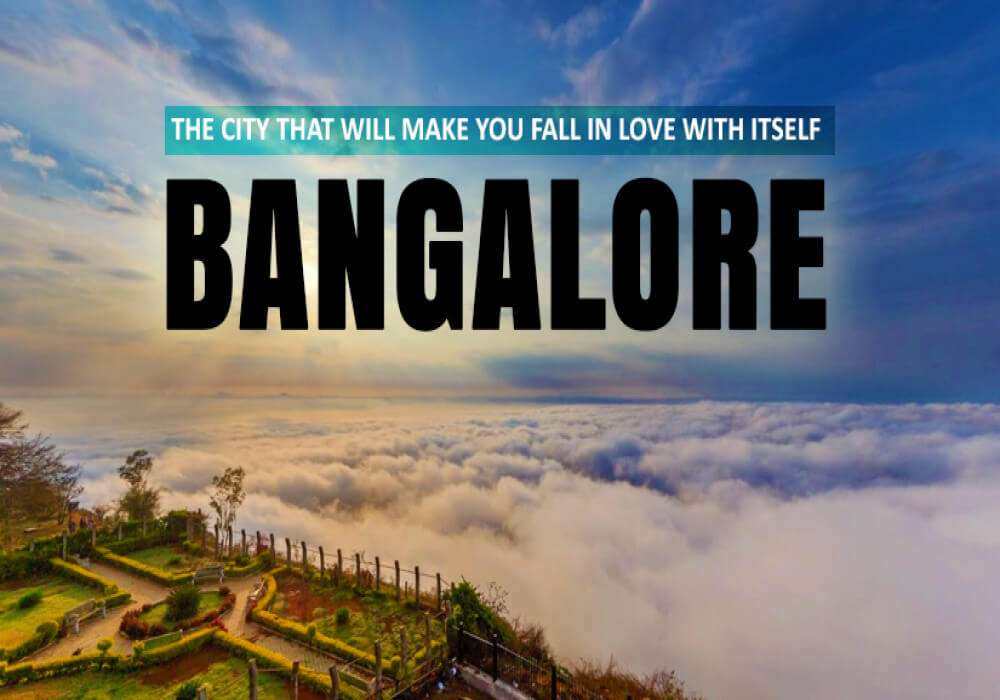
10 Best Places to Visit in Bangalore - Hills, Temples & Things To Do
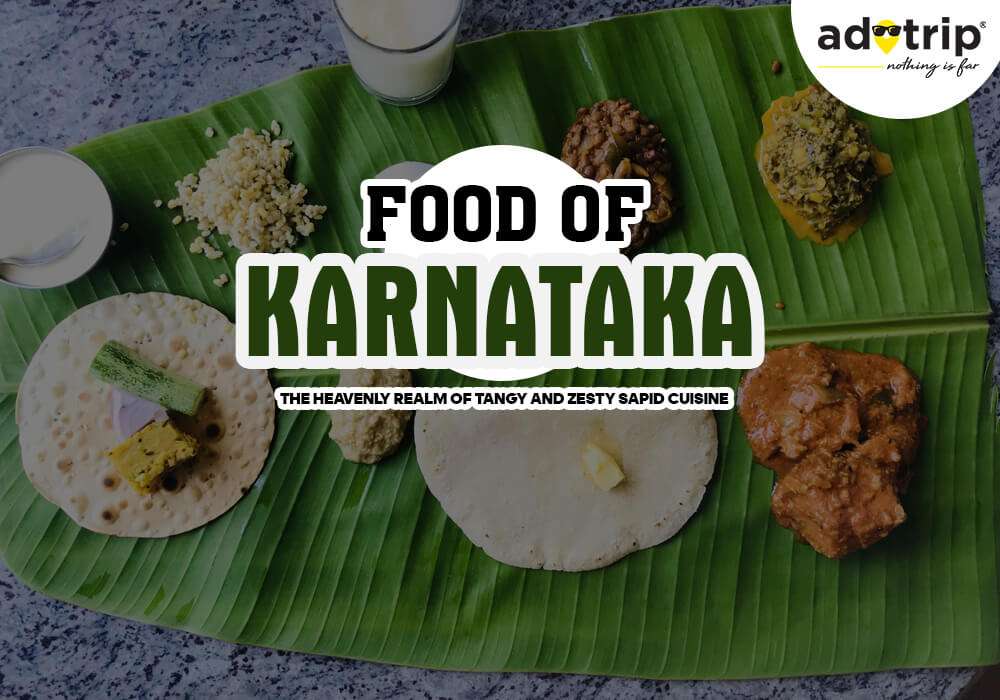
Famous Foods Of Karnataka 2025 - Traditional Dishes & Local Delicacies
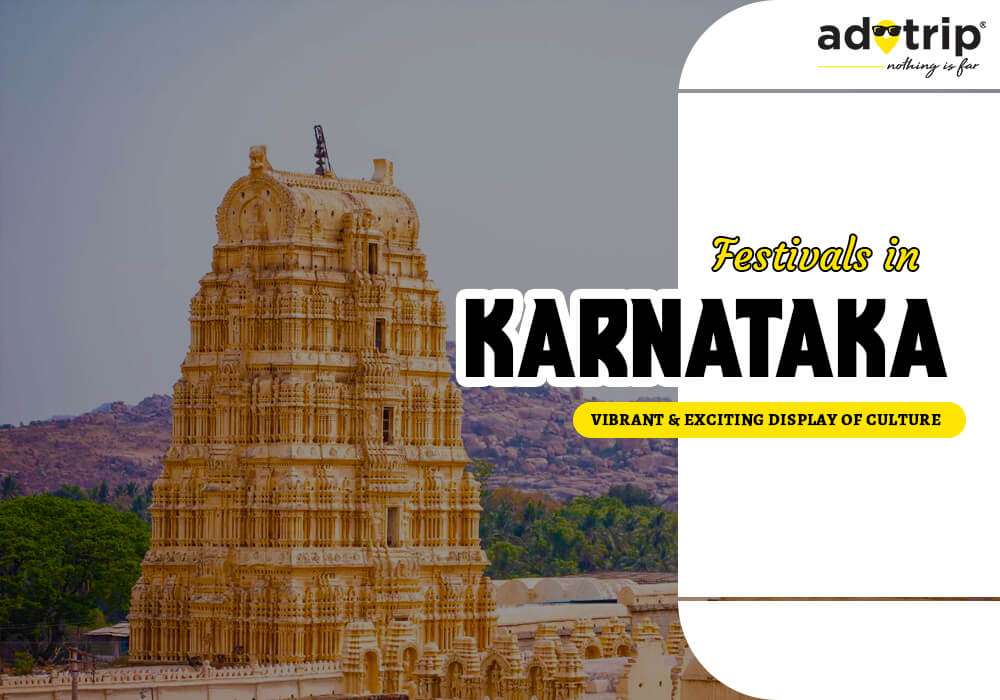
Famous Festivals of Karnataka 2025 - Explore Vibrant Cultural Celebrations
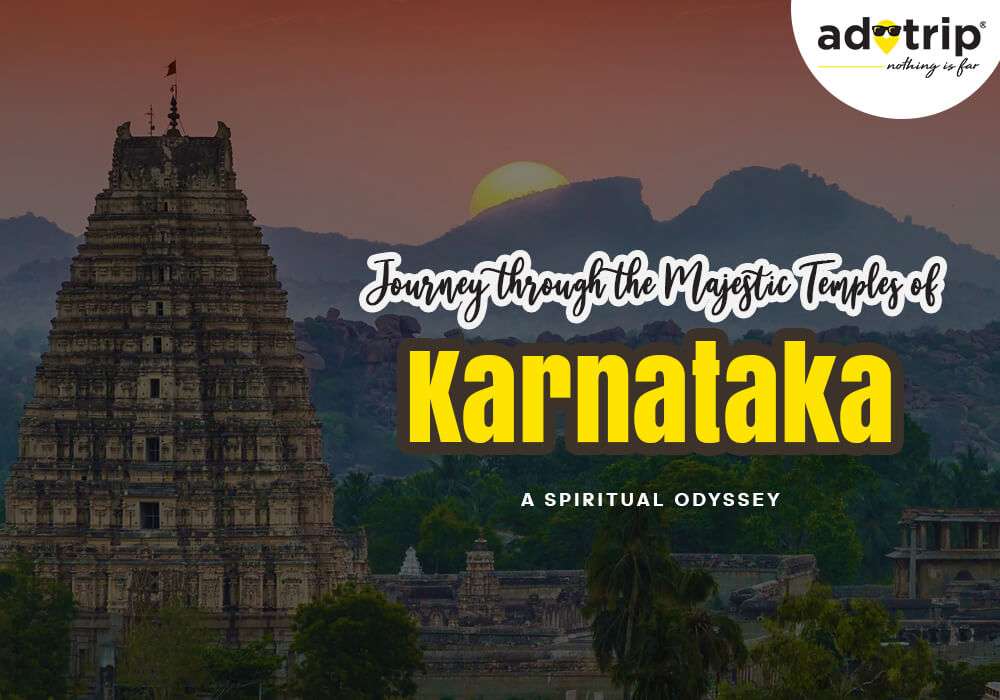
Famous Temples of Karnataka 2025 – Iconic Spiritual Destinations
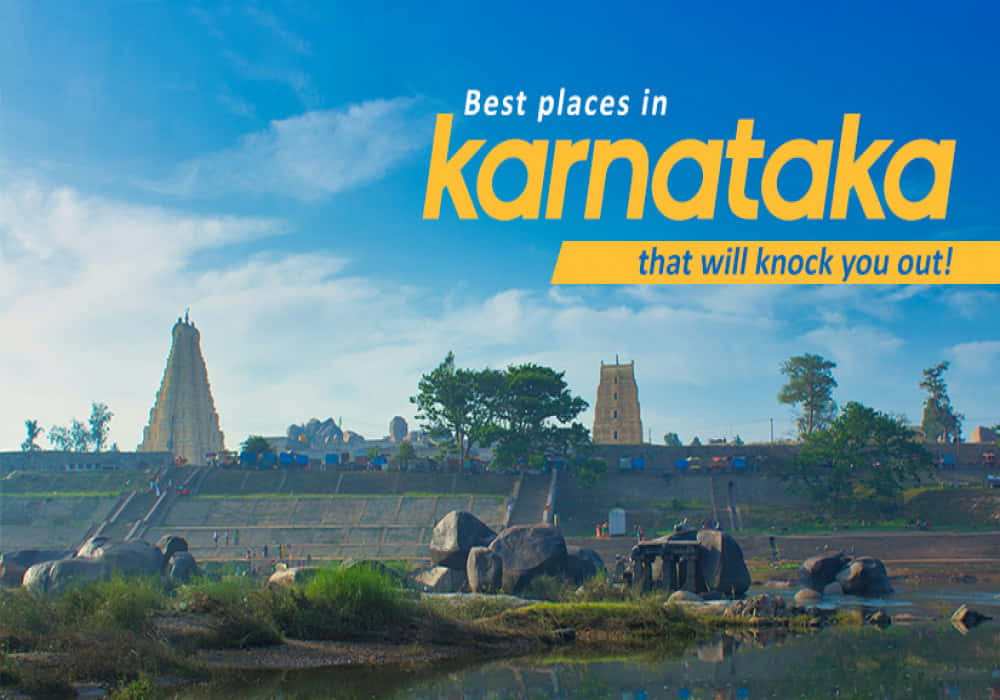
Best Places to Visit in Karnataka 2025 – Top Destinations to Explore
Nearby Stays
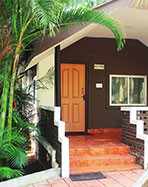
Parampara Resort & Spa
Kodagu District, Kushalnagar, Kudige, Karnataka 57...
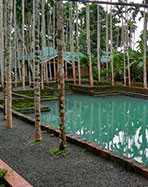
The Story Tellers Grove
Chittari, Kanayi South Payyanur, Kannur, Kerala 67...
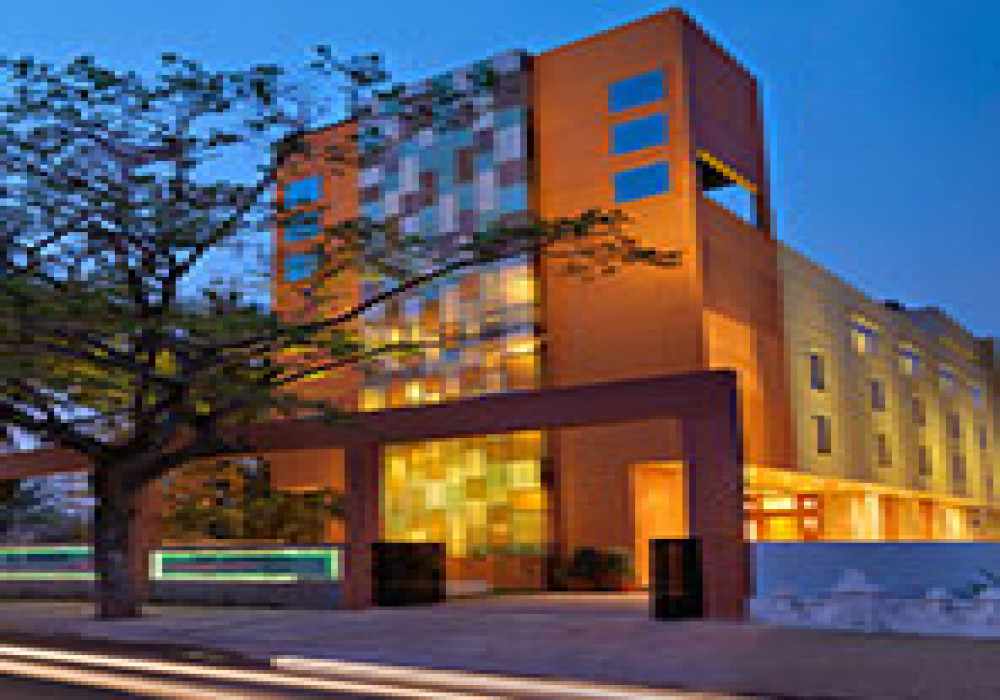
The Quorum
1, 2257/B-1, 1318, Vinoba Rd, near Kala Mandir, De...
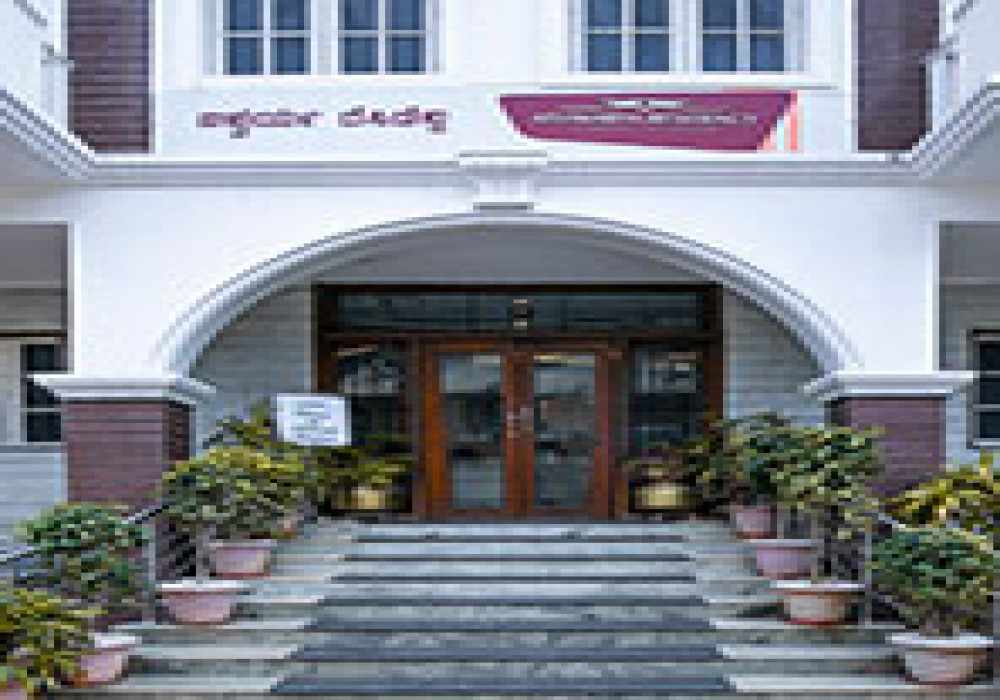
Aishwarya Residency
2932/A, Off Bangalore-Nilgiri road, Lashkar Mohall...


.jpg)
